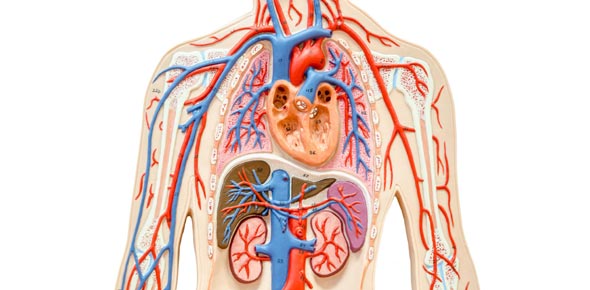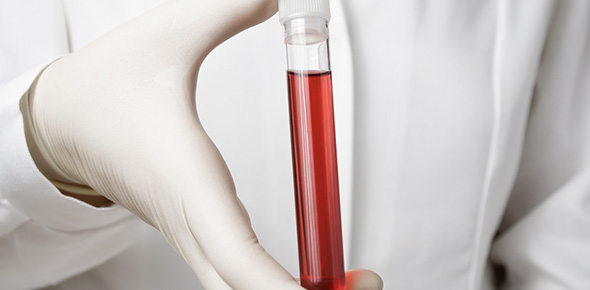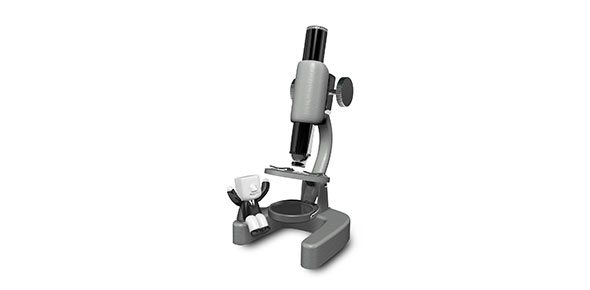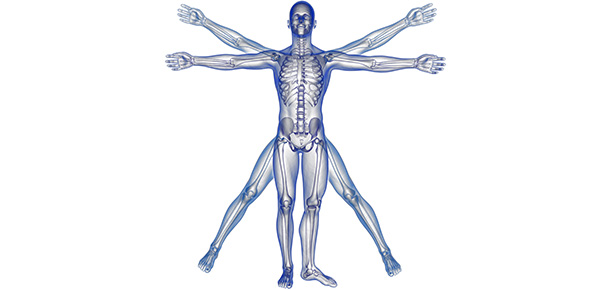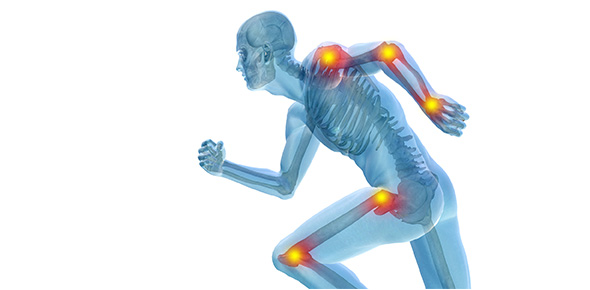Related Flashcards
Related Topics
Cards In This Set
| Front | Back |
|
The cardiac action potential is a reflection of the difference in the concentration of charged particles across a cell membrane at any given time.
|
TRUE
|
|
If the wave of depolarization (electrical impulse) moves toward the positive electrode, the waveform recorded on ECG graph paper will be inverted (negative deflection).
|
FALSE
|
|
Ventricular depolarization is reflected on the ECG as the T wave.
|
FALSE
|
|
Leads V1 and V2, view the ventricular septum.
|
TRUE
|
|
Enhanced automaticity is a disorder of impulse conduction.
|
FALSE
|
|
The effective refractory period is the period of the cardiac action potential that includes the absolute refractory period and the first half of the relative refractory period.
|
TRUE
|
|
The ST segment is measured from
|
The end of the QRS complex to the beginning of the T wave
|
|
Five large boxes, each consisting of five small boxes, represent __________ on ECG paper.
|
1 second
|
|
Which part of the conduction system receives an impulse from the SA node but delays relaying that impulse to the bundle of HIS, allowing time for the atria to empty their contents into the ventricles before the onset of ventricular contraction?
|
AV node
|
|
On the ECG, the time necessary for the spread of an electrical impulse through the atria, AV node, bundle of HIS, right and left bundle branches, and the Purkinje fibers reflected by the
|
PR interval
|
|
The normal duration of the QRS complex is
|
0.11 second or less
|
|
The main electrolytes that affect cardiac function are
|
Sodium, potassium, calcium and chloride
|
|
The portion of the ECG tracing used to determine the degree of ST segment displacement is the
|
TP segment
|
|
In the normal heart, the primary pacemaker is the
|
SA node
|
|
Which of the following surfaces of the heart are not directly viewed when using a standard 12-lead ECG?
|
Right ventricle and posterior surface of the left ventricle
|



